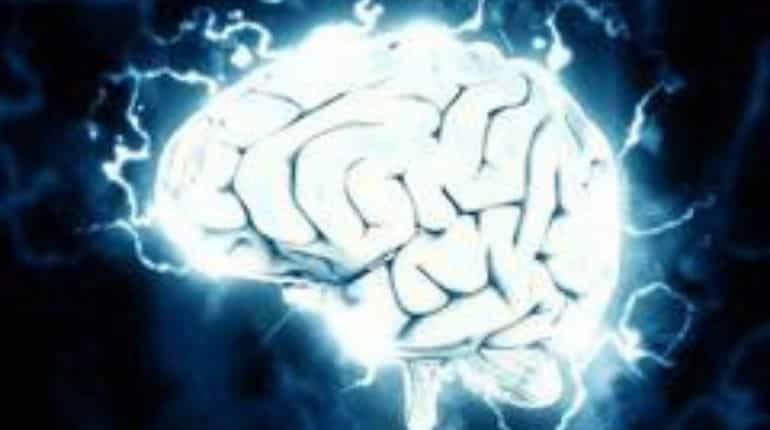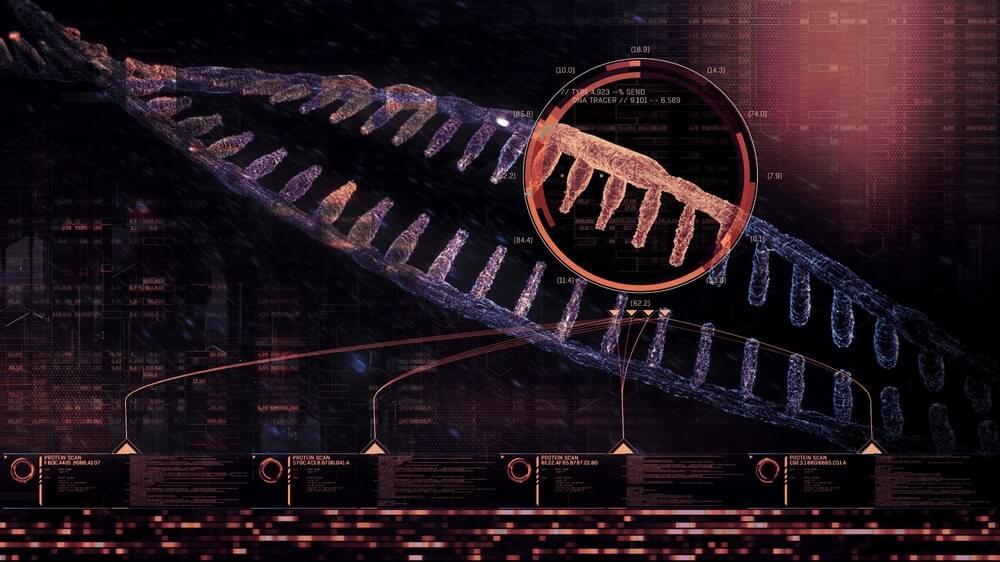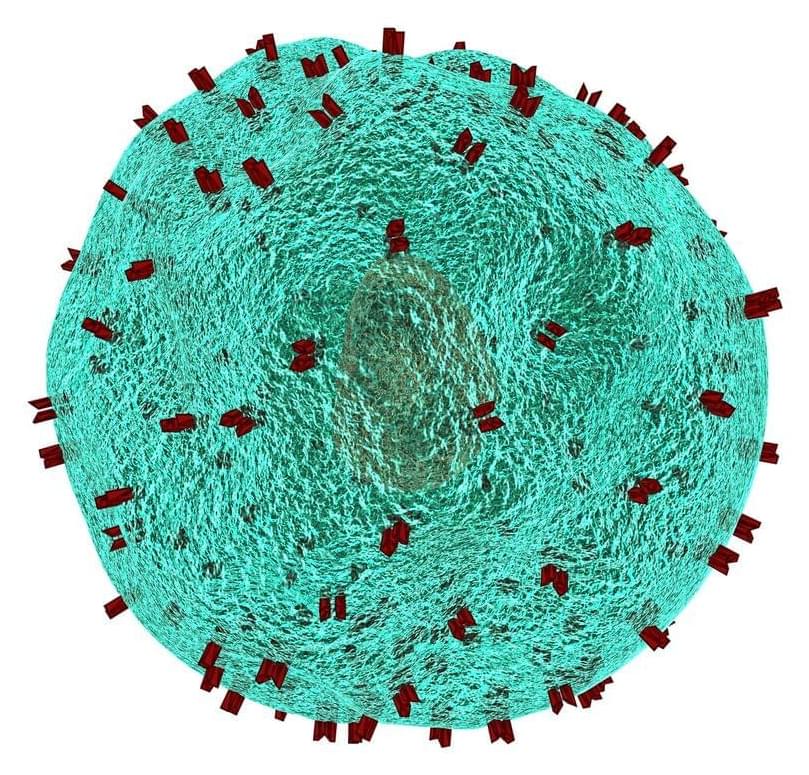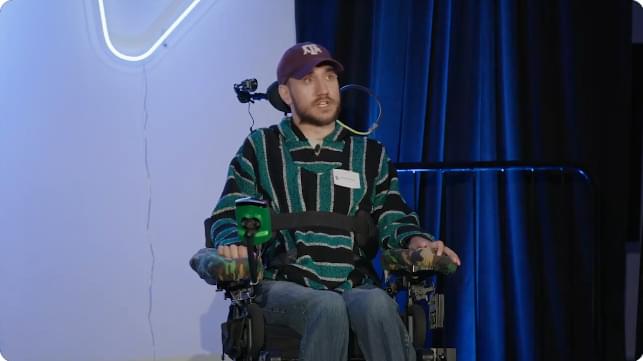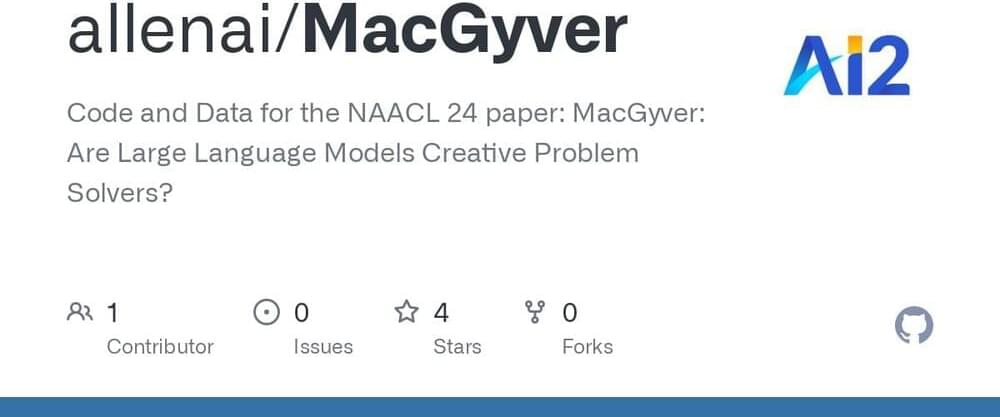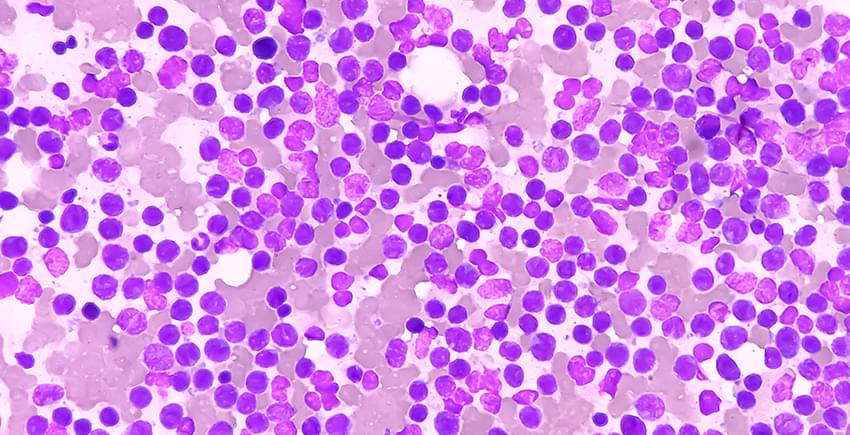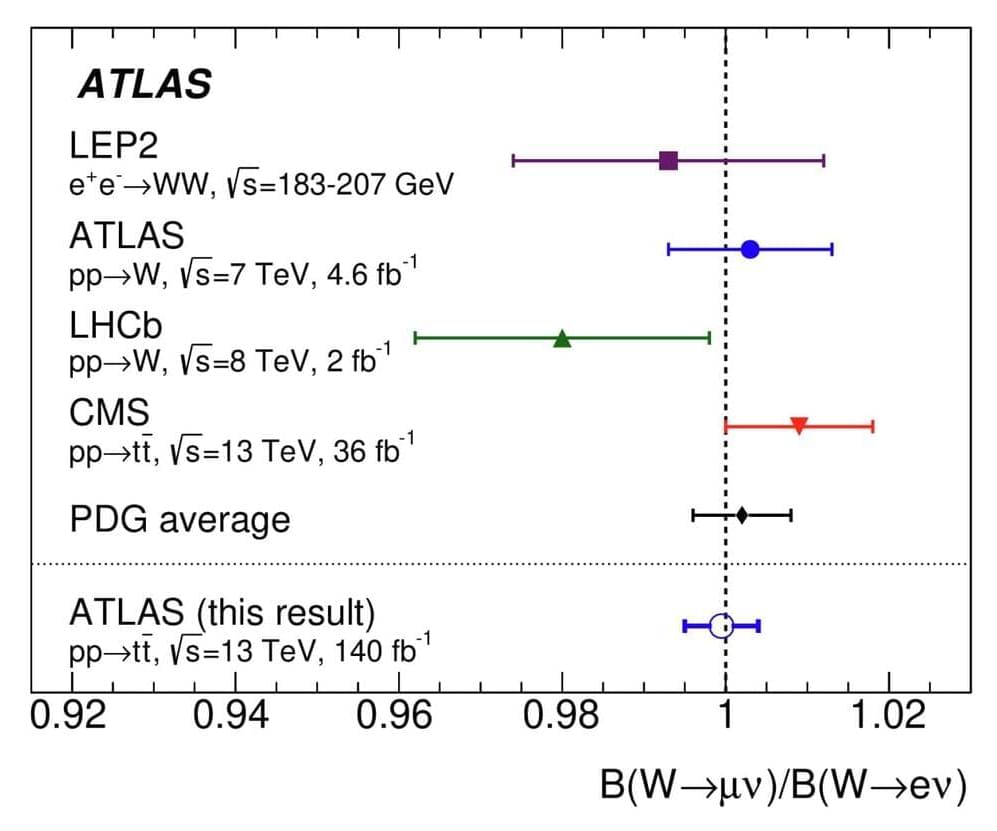Mar 27, 2024
Human brains getting larger in size, and this may be good news for some
Posted by Shubham Ghosh Roy in categories: education, genetics, health, neuroscience
A new study has revealed that the size of human brains is getting larger, which means increased brain reserve and decreased chances of developing dementia. The researchers at UC Davis Health reached the conclusion by comparing the size of the brains of people born in the 1930s with those of people born in the 1970s. They noticed that the latter had 6.6 per cent larger brains. The study was published in JAMA Neurology.
“The decade someone is born appears to impact brain size and potentially long-term brain health,” said Charles DeCarli, first author of the study.
He further adds that genetics may also play a major role in determining the size of the brain. “Genetics plays a major role in determining brain size, but our findings indicate external influences — such as health, social, cultural and educational factors — may also play a role,” he said.
